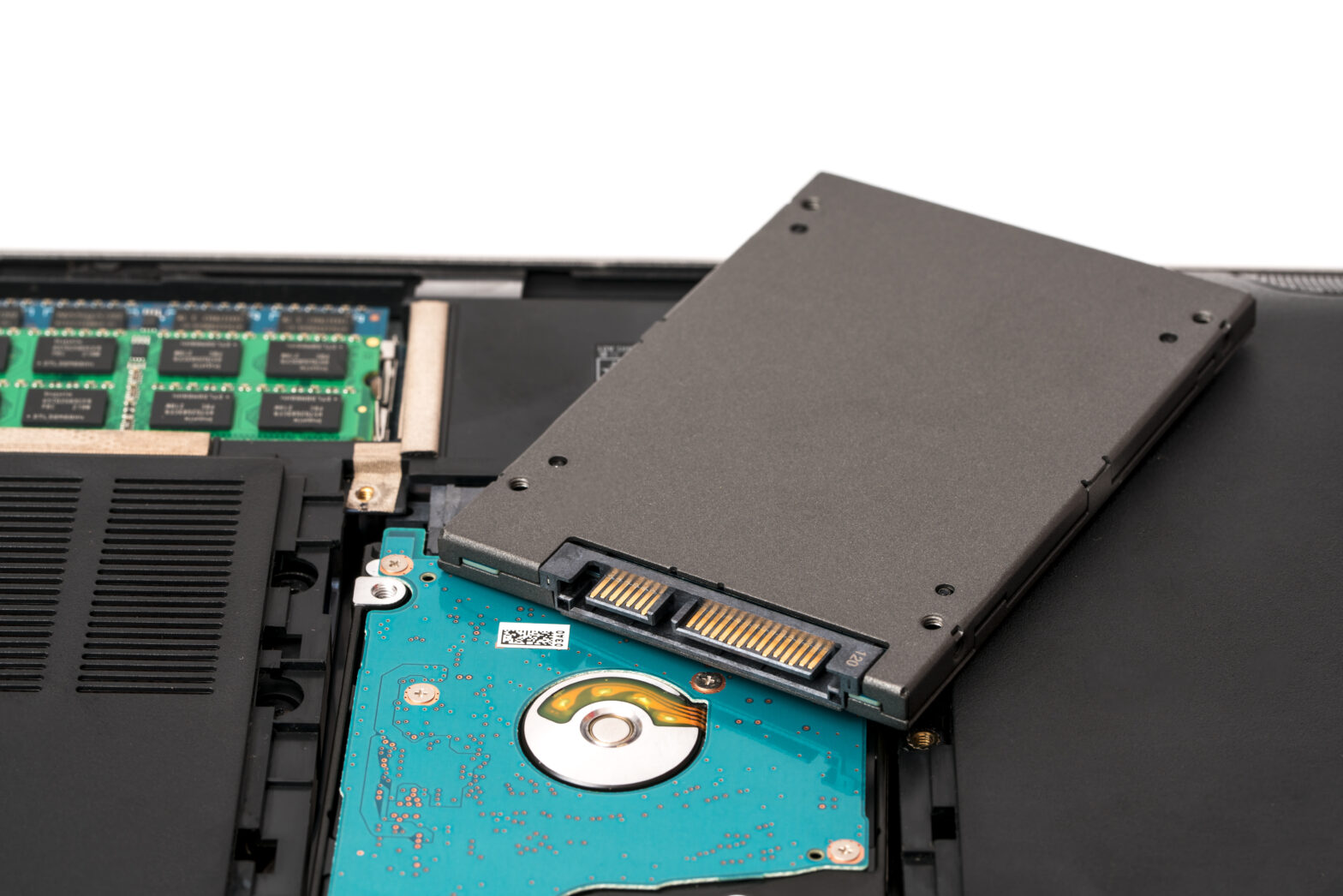IDC SSD Forecast
According to a study published by IDC in the beginning of the year, which was again updated in May – the solid state drive price over disk should decline by 2021 And the numbers are impressive – from 6.6x now to 2.2x in 2021. In addition the SSD shipments will reach 312.9 million units in 2021. This represents a 15% CAGR compared to their state in 2016 of around 157.5 million units.
SSD capacity shipped is expected to grow much faster – an impressive 44% CAGR over the same period. IDC expects that SSD capacity shipped will grow from 7% of total HDD + SSD capacity shipped in 2016 to 19% in 2021.
>See also: The move to solid state drives from hard disk drives
In conclusion this means that more than 80% of the shipped capacity will be SSDs in 2021. And this great transition will affect broadly all the web hosting providers worldwide. Quite a shift from HDD to SSD and satisfying the user demand for faster, high-performance hosting services.
Serious SSD shortage on the market
It is no secret that the market experiences a serious shortage of SSDs, due to the strong demand for flash media for mobile phones and other industries, such as automobile, game consoles and others.
The SSD shortage is a result of accelerating demand for fast storage devices. This demand is also accelerated by per-gigabyte SSD prices which have fallen significantly in the last couple of years to match some spinning hard disk alternatives. Another factor is the SSD manufacturers’ transition from NAND memory, the key component in SSDs, to 3D NAND technology.
SSD price is going up
As a result of the shortage of flash media, the prices go up with prices up some 15-20% in 2017 alone, depending on the type of the device and the manufacturer. However, according to storage experts it occurs that this year is different and the only year in the period, when the SSDs pricing is going up, due to supply shortages. In comparison the predictions for 2018 state that the prices will go down.
>See also: Pros and cons of SSD VPS: is it right for my website?
The effect
The short supply of SSDs is being acutely felt in the hardware market. More and more resellers are complaining they cannot meet the rising demand for solid state drives. On the other hand cloud and hosting providers worldwide are dissatisfied with the delivery delays and longer delivery times. The SSD shortage combined with the rising prices seems to be a widely spread problem in the hosting industry.
According all the experts in the field, the industry shall overcome the crisis not earlier than the end of 2017 or middle of 2018.
How software-defined storage (SDS) can help you?
It should not come as a surprise that innovative technologies like software-defined storage and distributed storage can help cloud and hosting companies to mitigate the effects of rising SSD prices and lower supply. There are 2 broad categories of features/functionality, which allow the best SDS solution to help in this case:
Space saving features
The best SDS solutions have a number of space saving features – thin provisioning, snapshots and clones, zeroes detection, TRM/DISCARD, to name a few. These features shrink the data used by the user to a smaller amount of data saved on the drives, without affecting storage system performance or wasting system resources.
>See also: Flash storage: transforming the storage industry
For example our data shows 2 to 6 times space saving gains for most use cases. This means that 10 TB of user data can be saved on 2-5 TB usable system.
SSD management technologies
Innovative data handling technologies can reduce the need for SSD usage, while keeping all-SSD level of performance of the storage system. For example an “SSD-Hybrid” scheme can save 1 full copy of data on SSD, but keep redundant copies of data on HDDs. In this case the system delivers all-flash performance but at affordable cost.
The important part in both cases is that the best SDS solutions will achieve both points 1. and 2. above with almost no impact on the performance of the storage service and the consistency of this performance (unlike cached or hybrid-storage array technologies).
>See also: Enterprise storage in 2017: trends and challenges
Also the best SDS solutions will not exhaust precious compute resources like CPU and RAM, which are always preserved for the end customer. So not only will SDS alleviate the “SSD crunch”, but it will also save money on other fronts too.
The SSD shortage is predicted to end in 2018, because of the new factories which will open later this year. And by then one sure-proof way to tame high SSD prices is to use best-of-breed software-defined storage.
Sourced by Boyan Ivanov, CEO, StorPool
The UK’s largest conference for tech leadership, Tech Leaders Summit, returns on 14 September with 40+ top execs signed up to speak about the challenges and opportunities surrounding the most disruptive innovations facing the enterprise today. Secure your place at this prestigious summit by registering here










